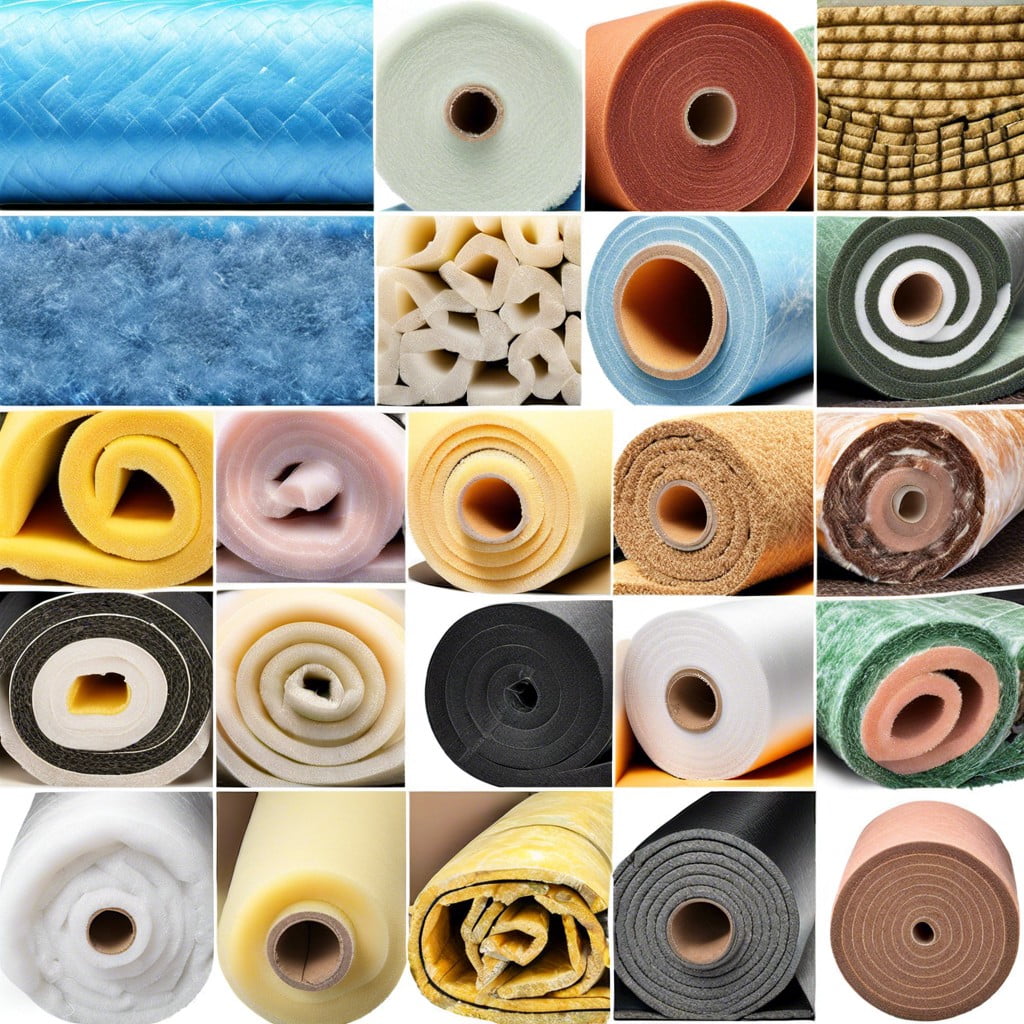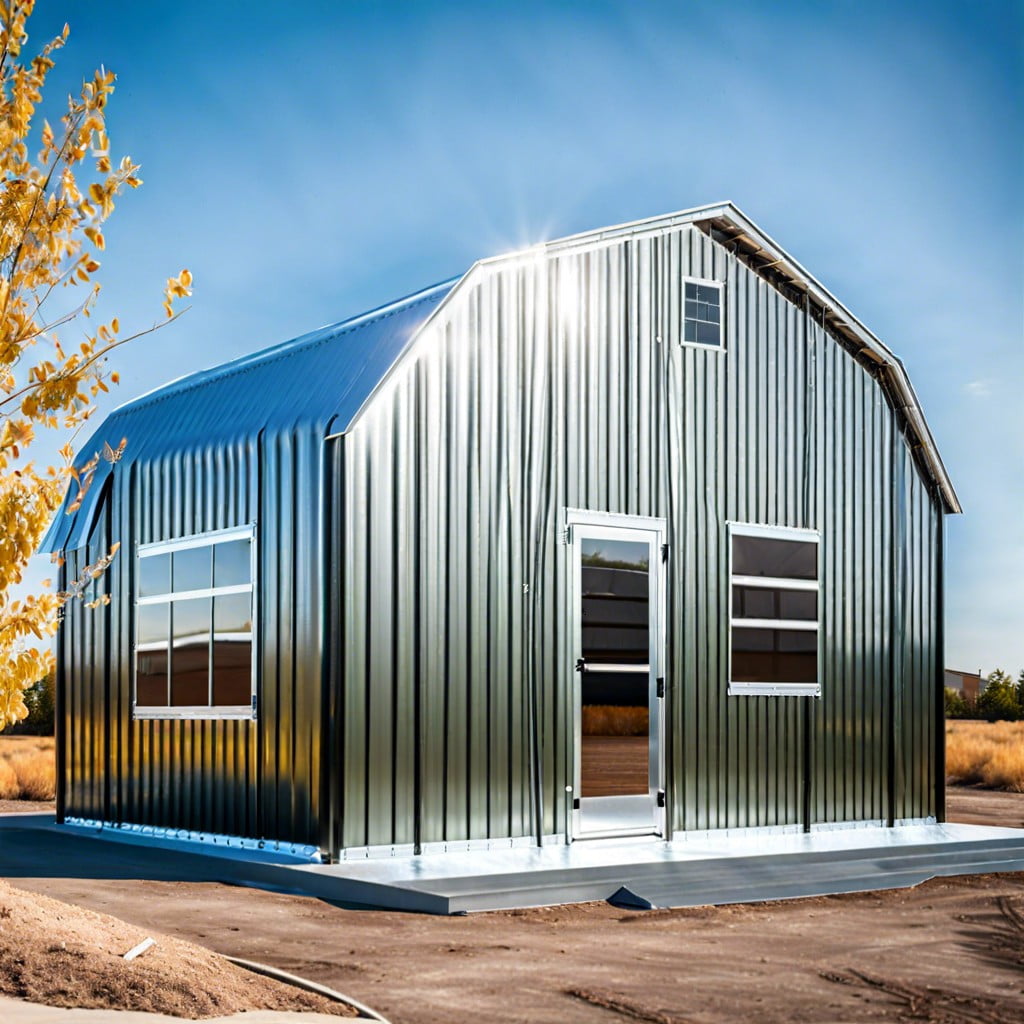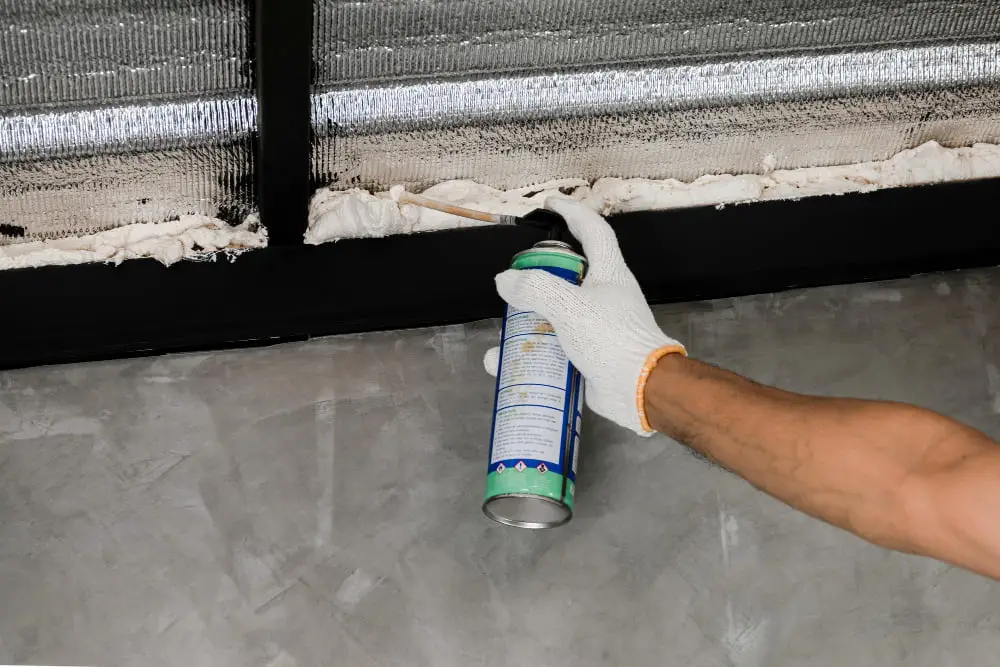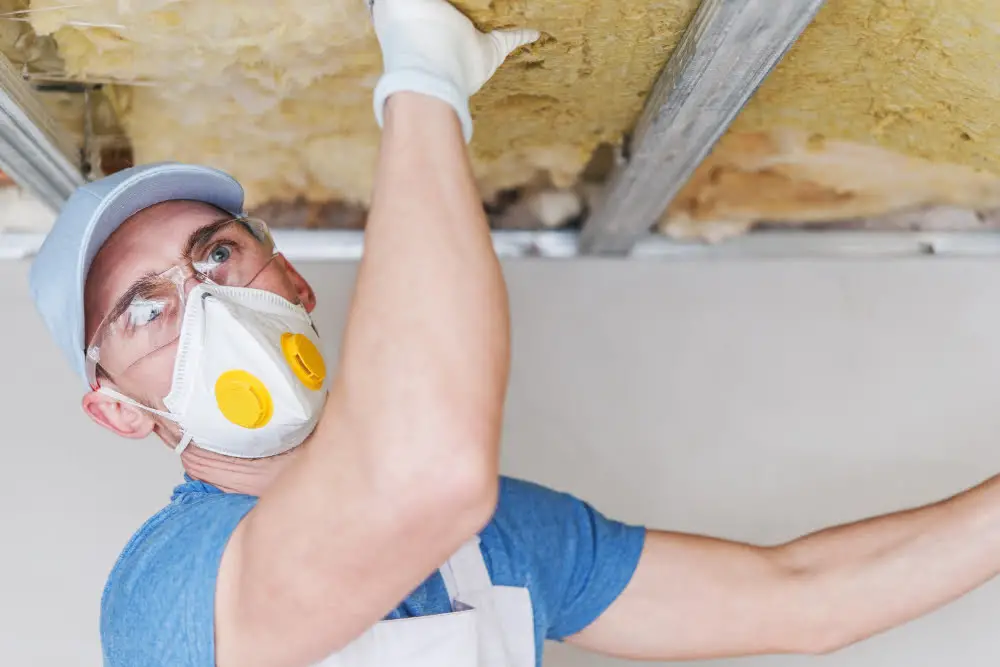Spray foam insulation offers an effective way to enhance energy efficiency and structural integrity in metal buildings; this article will examine its types, benefits, and application methods.
Key takeaways:
- Spray foam insulation provides energy efficiency and cost savings.
- Two types: open-cell foam for insulation and sound-dampening, closed-cell foam for rigidity and moisture resistance.
- Benefits include thermal insulation, air-tight seal, mold resistance, and structural strength.
- Considerations include professional installation, higher upfront cost, and environmental impact.
- Costs range from $0.44 to $0.50 per board foot, labor costs can be 50-60% of total price.
What Is Spray Foam Insulation?
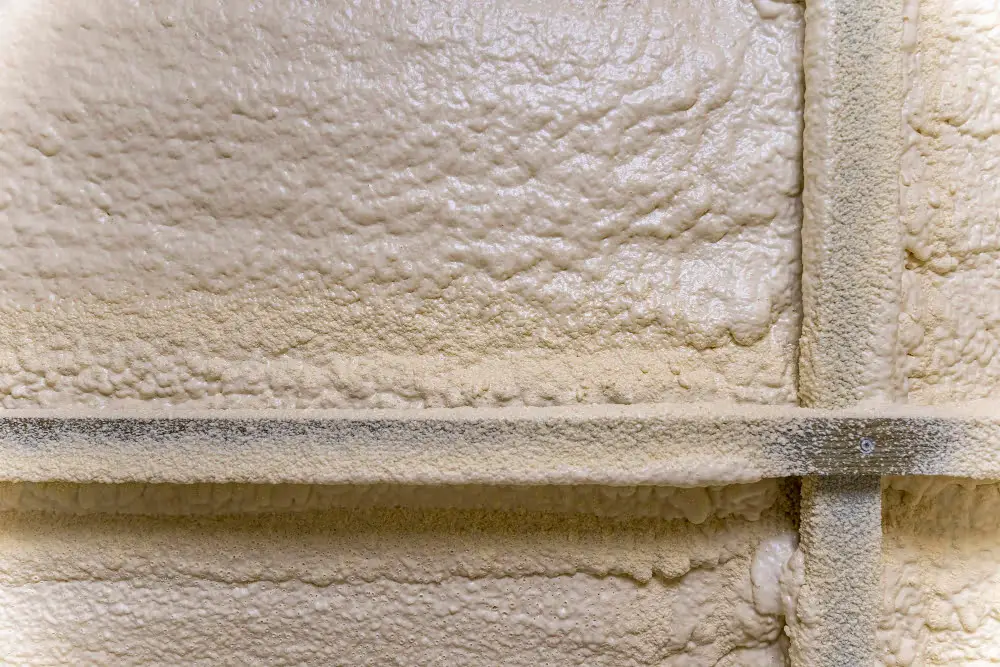
Spray foam insulation is a chemical product created by combining isocyanate and polyol resin, which expands into a foam when sprayed. This foam forms a continuous, protective barrier on walls, corners, contoured surfaces, and on all types of materials. It effectively seals gaps and prevents air and moisture infiltration, resulting in a more energy-efficient building environment. The robust insulation it provides can significantly reduce heating and cooling costs.
Its flexibility makes it particularly useful for insulating hard-to-reach areas, providing a solution where traditional insulative materials may fall short. Additionally, it adheres to multiple surfaces, including wood, metal, and concrete, enhancing structural integrity. Moreover, its resistance to mold and pests adds durability to the buildings it insulates.
Types of Spray Foam Insulation
Spray foam insulation comes primarily in two varieties: open-cell and closed-cell. Open-cell foam, the lighter option, has tiny cells that aren’t completely encapsulated, allowing air to fill the open space within the material. This type provides excellent insulation and sound dampening qualities. It’s also more pliable, which can compensate for any shifts or settling in a building’s structure.
Closed-cell foam, on the other hand, has cells that are fully closed and packed together. This results in a denser and more energy-efficient material that adds structural rigidity to walls. It is more resistant to water and can prevent moisture-related issues, making it an ideal choice for areas prone to flooding or where higher insulation R-values are required.
Both types have their applications depending on budget, climate, and specific project needs. Open-cell foam is typically less expensive, while closed-cell offers better moisture protection and insulating power. Selection should be based on the unique attributes and requirements of the building project.
Advantages of Spray Foam Insulation
Spray foam offers superior thermal insulation compared to traditional insulation materials, providing significant energy savings by maintaining a stable indoor temperature.
Its expansive nature allows it to fill crevices and voids, creating an air-tight seal that effectively reduces air leakage and intrusion of pollutants and allergens.
The moisture-resistant properties of spray foam prevent the growth of mold and mildew, enhancing indoor air quality and building durability.
Additionally, the rigidity of cured foam adds structural strength to walls and roofing.
It’s adaptable to various surfaces and can be used in hard-to-reach areas, making it a versatile option for both new construction and retrofit projects.
Spray Foam Insulation Pros and Cons
Spray foam insulation offers a host of benefits, chief among them its high R-value per inch, which provides superior thermal resistance compared to traditional fiberglass or cellulose insulation. This feature makes it highly effective at keeping indoor temperatures stable and reducing energy costs over time. Moreover, its ability to expand and fill gaps and cracks results in an excellent air barrier, preventing drafts and improving the overall energy efficiency of the building.
Additionally, the closed-cell variety of spray foam acts as a moisture barrier, helping to deter mold and mildew growth and maintaining the integrity of the building’s structure. Spray foam is also known for its longevity; it does not settle or sag over time, which means that its insulative properties remain consistent throughout its lifespan.
However, there are considerations to account for. Installation of spray foam insulation requires professional expertise due to the complexity of the application process and the chemicals involved. Misapplication can lead to gaps or overexpansion, which can affect performance and may even cause structural damage. Furthermore, the initial investment for spray foam insulation tends to be higher than that of traditional insulation materials.
There are also environmental concerns; the agents used in spray foam can have a high global warming potential (GWP), and its chemical composition means it’s not as eco-friendly to produce or dispose of as some more sustainable materials.
Balancing these pros and cons is crucial when deciding if spray foam insulation is the right choice for a particular metal building project.
How Much Does Spray Foam Insulation Cost?
Determining the cost of spray foam insulation involves several factors, including the type of spray foam, the thickness of the application, and the area to be insulated.
Open-cell spray foam typically costs between $0.44 to $0.65 per board foot, while closed-cell foam is more pricey, ranging from $1 to $1.50 per board foot.
A board foot is a measurement of area that is one square foot by one inch thick.
Labor costs also play a significant role and vary by region, but can constitute around 50% to 60% of the total installation price.
To insulate an average 1,500-square foot home, the total cost can range from approximately $3,000 for open-cell foam to $6,000 or more for closed-cell foam, albeit these prices may fluctuate based on market conditions and local labor rates.
When budgeting for spray foam insulation, consider future energy savings.
Despite the higher upfront costs compared to traditional insulation materials, the energy efficiency of spray foam can lead to substantial savings on heating and cooling bills, potentially offsetting the initial investment over time.
Always seek multiple quotes from licensed professionals and inquire about potential energy rebates or tax credits available in your area.
Recap
